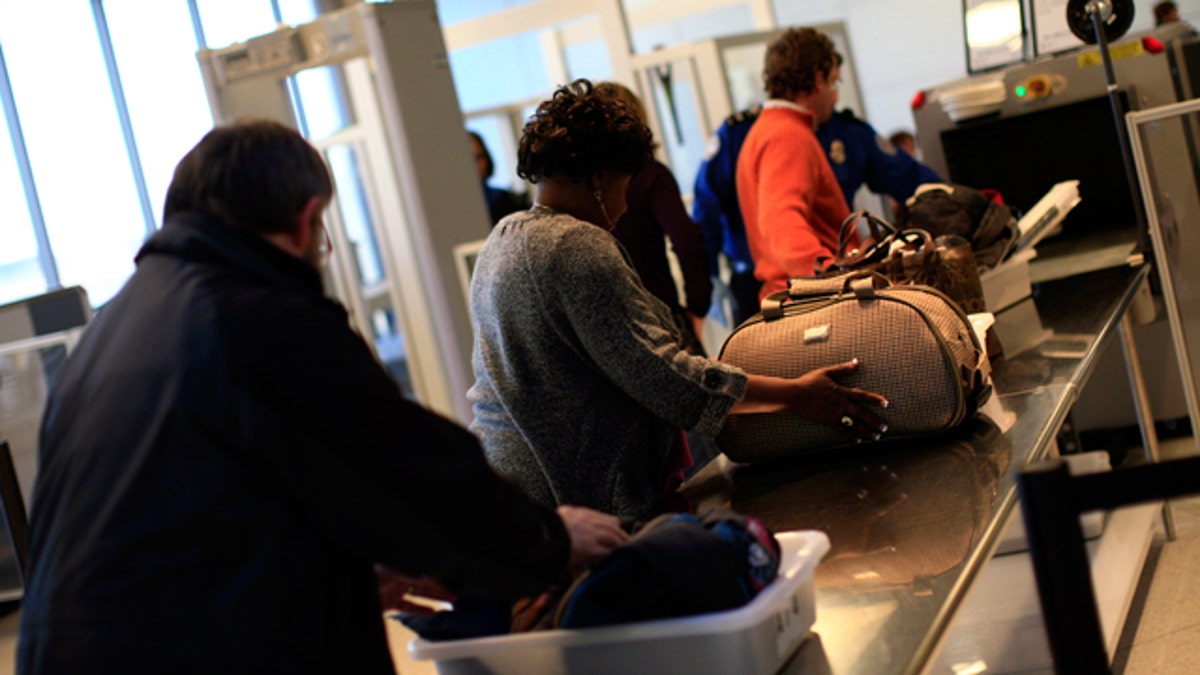
(Reuters)
It hasn’t been a good month for air travel safety: a mid-flight tear in a major airline’s fuselage, too many incidents of air traffic controllers asleep on the job, and a runway collision at JFK make even the most stalwart fliers less eager to take to the skies.
The question on every traveler’s mind is “What is the air travel industry doing to keep me safe?”
The fact that the recent scares have been so widely covered in the media has an upside – the FAA is acting fast to put new rules in place and review outdated policies.
Here are some examples of recent measures:
Stricter aircraft inspections. Although older aircraft can be updated with refurbishing, engine replacement and newer cockpit technology, “metal fatigue” of the fuselage remains a concern. Since the Southwest incident earlier this month, the FAA ordered more stringent safety inspections on 600 Boeing 737 jets worldwide.
Policy changes. After two widely publicized occurrences in one week of air traffic personnel asleep at the controls - prompting the Air Traffic Director of the FAA’s resignation – the agency amended an outdated policy at 27 airports allowing only one air traffic controller to work the overnight shift. Now those airports can have two controllers on the midnight shift to ensure proper overnight staffing.
Ground operation education. The collision of a super-jumbo Air France jet with a smaller commuter plane on a JFK runway fortunately didn’t end in disaster – but brought to light new challenges facing ground operations at airports accepting the newest supersized jets (including the A380 and 747-8). Since 2001, the FAA has ramped up technology and procedures to avoid runway incursions, but these policies will need to be revised in light of planes of unprecedented size using outdated, too-small runways at congested airports.
Although the latest incidents are certainly worrying, the fact is that air travel remains the safest form of transportation – in 2010, U.S. carriers had no fatal crashes. Despite that track record, recent events have underscored the need for revamping policies and procedures that may be stuck in the 1980s. Look for increased safety measures and better policies to evolve from this month’s slip-ups.
